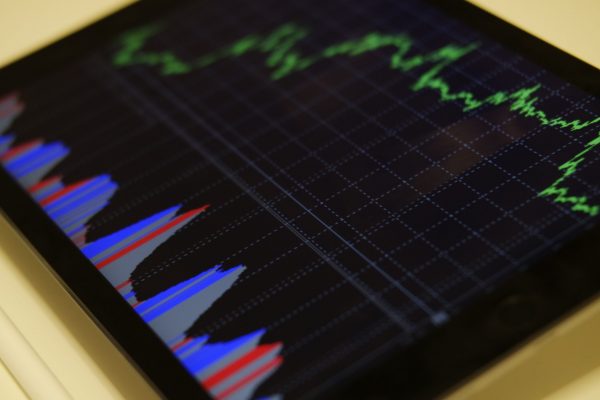As an aspiring forex trader, there are a number of technical skills that you’ll need to learn before entering a global marketplace that’s worth in
As an aspiring forex trader, there are a number of technical skills that you’ll need to learn before entering a global marketplace that’s worth in excess of $2.409 quadrillion.
One of these is the ability to read and understand forex charts, which provide a visual representation of a currency pair’s price movements over a set and predetermined period of time.
In this post, we’ll look at three of the most popular types of forex chart, while asking how you can read them and derive valuable information.
1. Line Charts
We’ll start with the incredibly simplistic line chart, which draws a single line from one closing price to another over a predetermined period of time.
Because of this, line charts can quickly showcase the general price movement of a currency pair within various timeframes, from just 24 hours to five years or longer.
The line in question will run from left to right on this type of chart, and by following its trajectory you can gain a general insight into the performance of a specific asset and any basic trends that may have developed over time.
While this type of chart is incredibly easy to read and understand, however, it fails to provide you with any great detail about the price behaviour and contributing factors within the stated time period. Instead, you can only really surmise the closing price at a specific point in time, which is rarely enough to prompt genuinely informed trading decisions.
However, it does present fundamental trends quickly and easily, enabling traders to gain a ‘big picture’ view of price movements in real-time.
2. Bar Charts
Our next selection is the classic bar chart, which is slightly more complex and reveals a little more data to readers.
More specifically, it shows a currency pair’s opening and closing prices, along with the price highs and lows within a defined reporting period. As a result of this, bar charts allow traders to analyse an accurate price range within their chosen period of analysis, offering a brief insight into factors such as volatility and liquidity.
From a visual perspective, bar charts present information along a vertical line. The bottom of this line defines the lowest price in the relevant time period, while the small horizontal line to the left is the opening price. The horizontal line just above this and to the right describes the closing price, while the top of the vertical line defines the highest price of the time period.
These charts tend to become larger as price fluctuations increase in size, while they contract in line with diminishing volatility.
3. Candlestick Charts
We close with the candlestick chart, which is a visually improved iteration of the classic bar chart and one that’s arguably much easier to read.
Put simply, it presents the same price information as the bar chart, while simultaneously indicating price ranges for the specific reporting period and helping readers to visualise bullish or bearish market sentiment through the use of variable colours.
Once again, candlestick charting displays the high-to-low price range with a straight vertical line. However, there’s also a larger block (or body) in the middle, which displays the opening and closing price range in a simple graphic.
Typically, if the middle block is filled or coloured in, the currency pair in question closed lower than it opened. The reverse trend is also true, however, with the middle block either unfilled or white in instances where the closing price is higher.
Interestingly, most brokers now utilise bright and appealing colours such as green to highlight lower closing prices, as these are more engaging and present information that’s considerably easier to process in real-time.
londonlovesbusiness.com
